Everything you need to know about Annabelle Hydrangeas.

There is nothing more exciting in the garden than hydrangea season. And in my garden, I especially love the always reliable and show-stopping Annabelle Hydrangeas. Also classified as “smooth hydrangeas”, these hardy plants are the giant white ball-shaped flowers that always catch the eye. They command attention and for good reason. Depending on the season and the plants’ growing conditions, the blooms can be as large as basketballs!
In my garden, I planted a whole row of Annabelles to hedge out the far side of the backyard… Because, why just plant one?
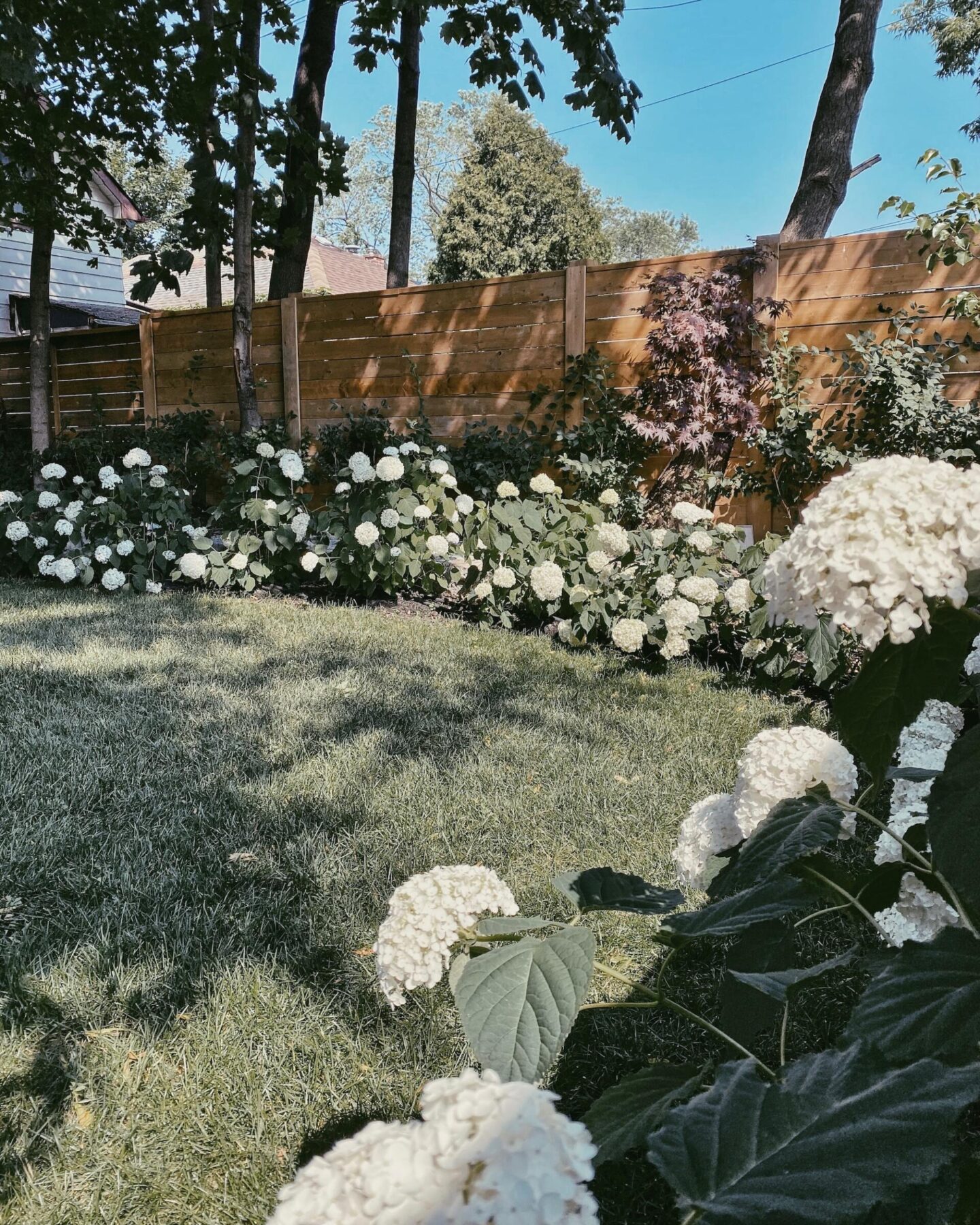
Why Annabelle?
Hydrangeas are perennial, returning every year. And one of the greatest things about annabelle hydrangeas is that they bloom on new growth. That means they can be cut down (even to the ground!) and they will grow back and bloom every year. And they’ll actually have bigger blooms if you do cut them back.
How and When to Prune Annabelle Hydrangeas?
It’s ok to prune annabelle hydrangeas anytime from the first bloom onwards. Be sure to not do any pruning during the spring when the plant is producing its new growth or you may be removing potential blooms.
Once your annabelles are covered in blooms, you can deadhead the spent blooms and the plant will continue to produce new shoots and blooms. You may have a break in blooms though, while the plant is busy generating its new growth.
At the end of the season, you can cut them down to almost any height you prefer. I like to leave mine in tact over the winter for “winter interest”. They can look lovely under the snow. If you do that, then it’s best to prune at the very end of winter or early spring. This year, I set out with my shears at the beginning of April, as soon as I saw a hint of green emerging from the ground. I left a few of the older stems, which ended up producing smaller blooms, but more blooms. This is what it looked like:
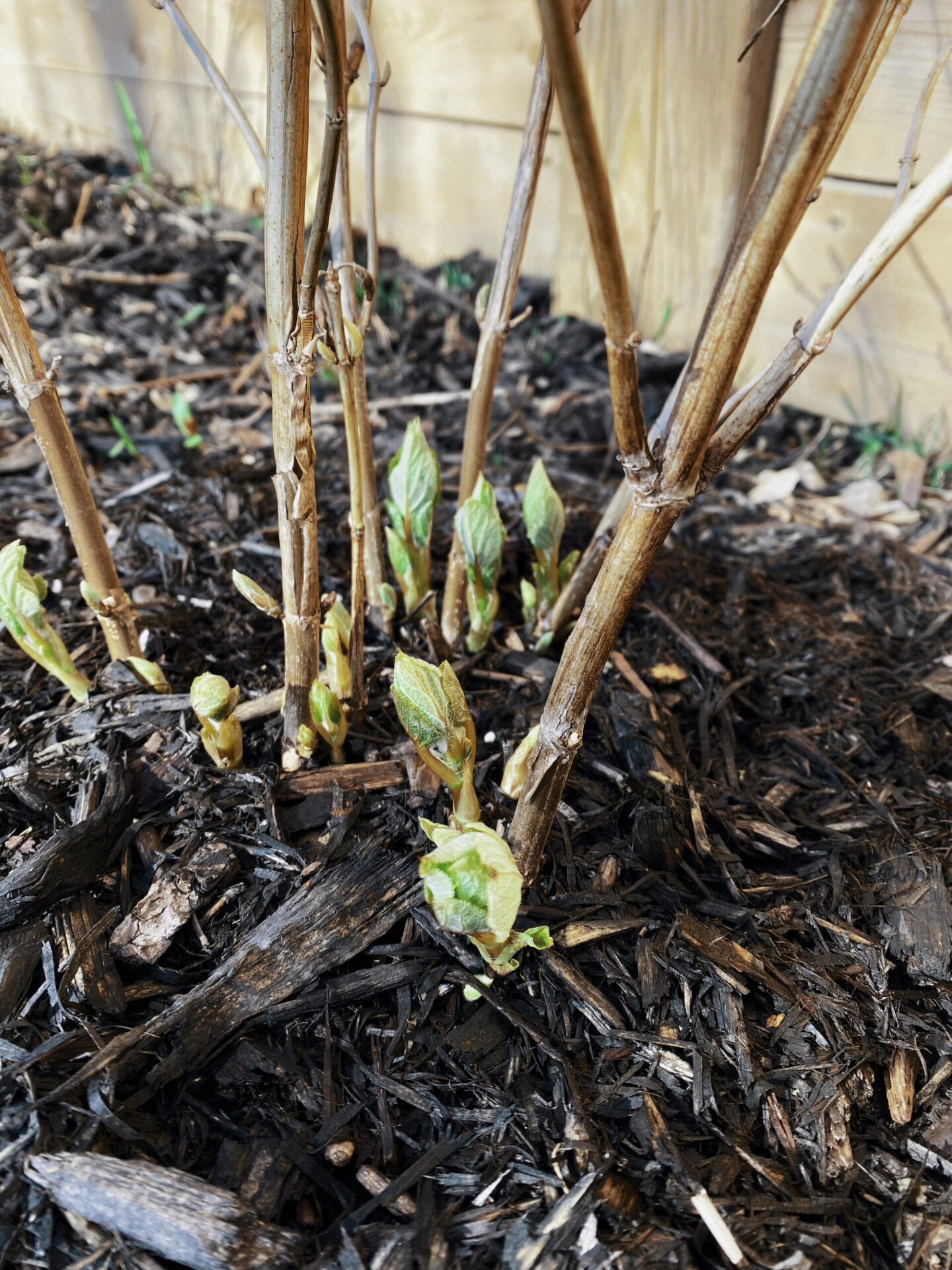
Where to Plant Annabelle Hydrangeas?
Like most hydrangeas, Annabelles should be planted in a location that receives direct morning light and afternoon shade. Dappled shade throughout the day is also favorable. These hydrangeas won’t do too well in a location that receives full sun all day and in more northern areas, like here in Toronto, they don’t bloom as much in full shade. However, annabelle hydrangeas are pretty adaptable to a variety of conditions, as they are often considered “wild hydrangeas” as well.

When to Plant?
I planted my annabelle hydangeas in the fall. However, you can also plant them in the spring. If you plant them during the summer, don’t be disappointed if the plant doesn’t produce very many flowers, as it will be busy getting acquainted with it’s new home. A lot of people say you shouldn’t plant during the summer, but I have and it’s fine. I once read that it’s OK to plant in the summer, because you’re taking a plant from living in a plastic container and putting into the cool earth where it belongs. The plant will definitely be happier in the ground than in a nursery container. Makes total sense.
How to Care for Anabelle Hydrangeas?
For the most part, Annabelle Hydrangeas are easy maintenance. They just need water, water and more water. I’m a little obsessive and water them almost every night. You can also water in the morning. Both is even better. I ran a soaker hose around mine, which makes watering easy and efficient too. On super hot summer days, they will wilt in the afternoon. That is to be expected and doesn’t mean you should run and drown them. While they like to be watered, they don’t like to sit in standing water either. As the sun begins to set, they’ll perk back up in time for evening. If they still look quite sad by 10pm, then you know for sure that they do need a good soak. Oh and make sure you’re watering the base of the plant only. Try to keep the flowers and leaves dry, as the extra weight of the water can cause the blooms to become heavy and break their stems. This can happen during a heavy rain too, but sadly we don’t have control over that.
Stages of Annabelle Hydrangea Growth
In case you’re curious, this is what my annabelle hydrangea hedge looked like through the spring and into the summer bloom season. I was curious to know what they would look like and when they would bloom, but couldn’t find photos anywhere, so I’m hoping this serves as a good resource for you!
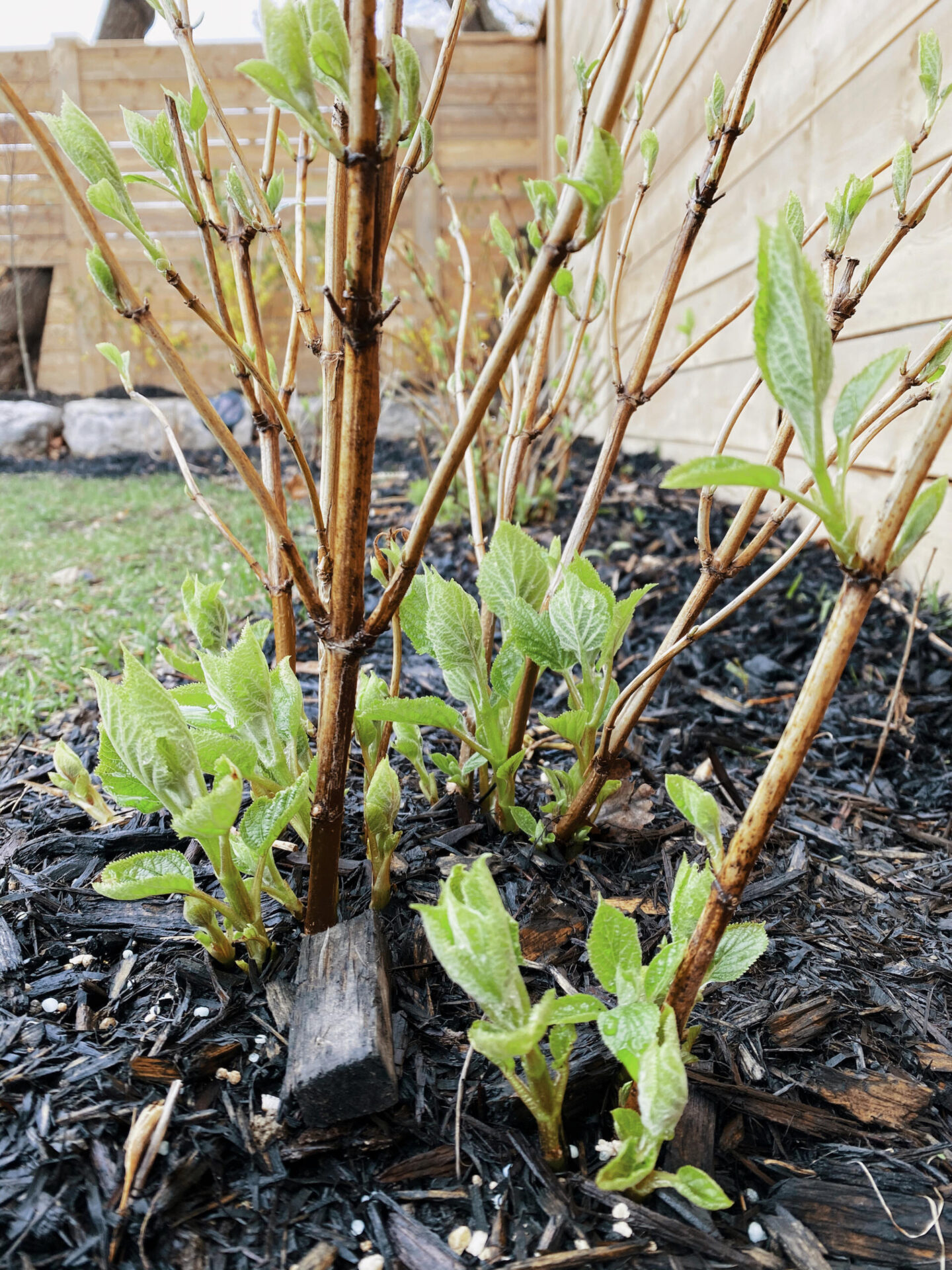
April 30, 2020 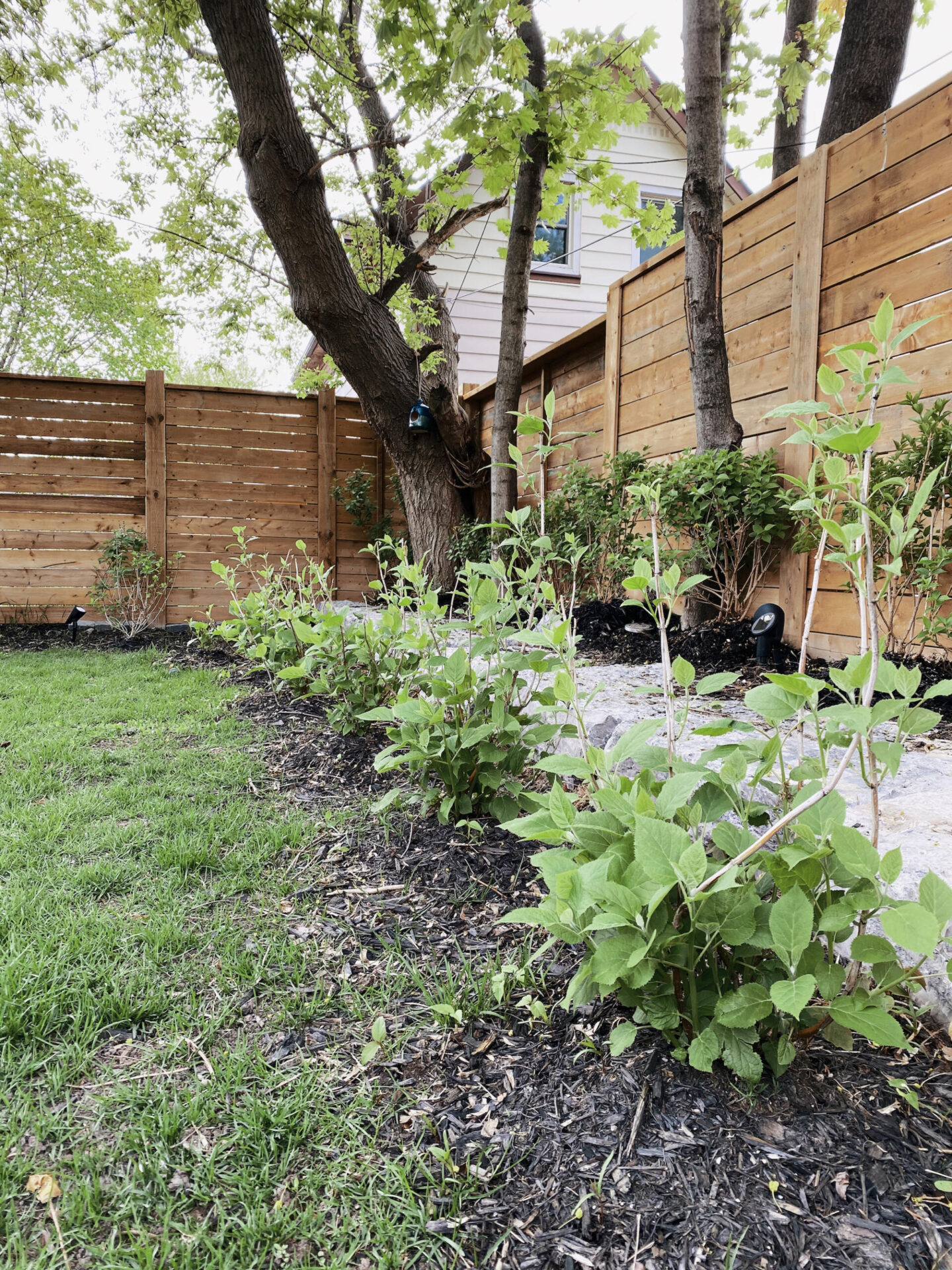
May 22, 2020
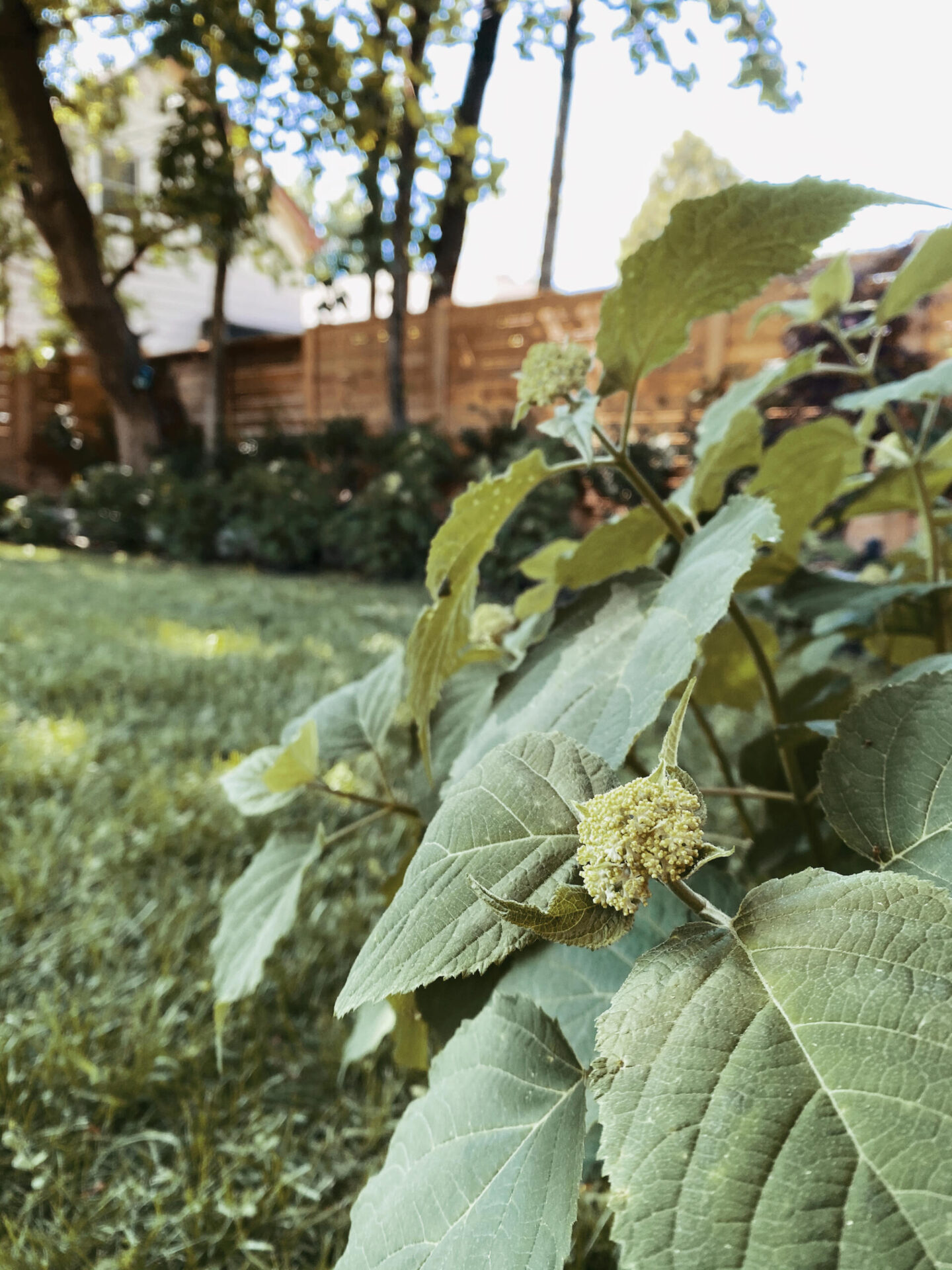
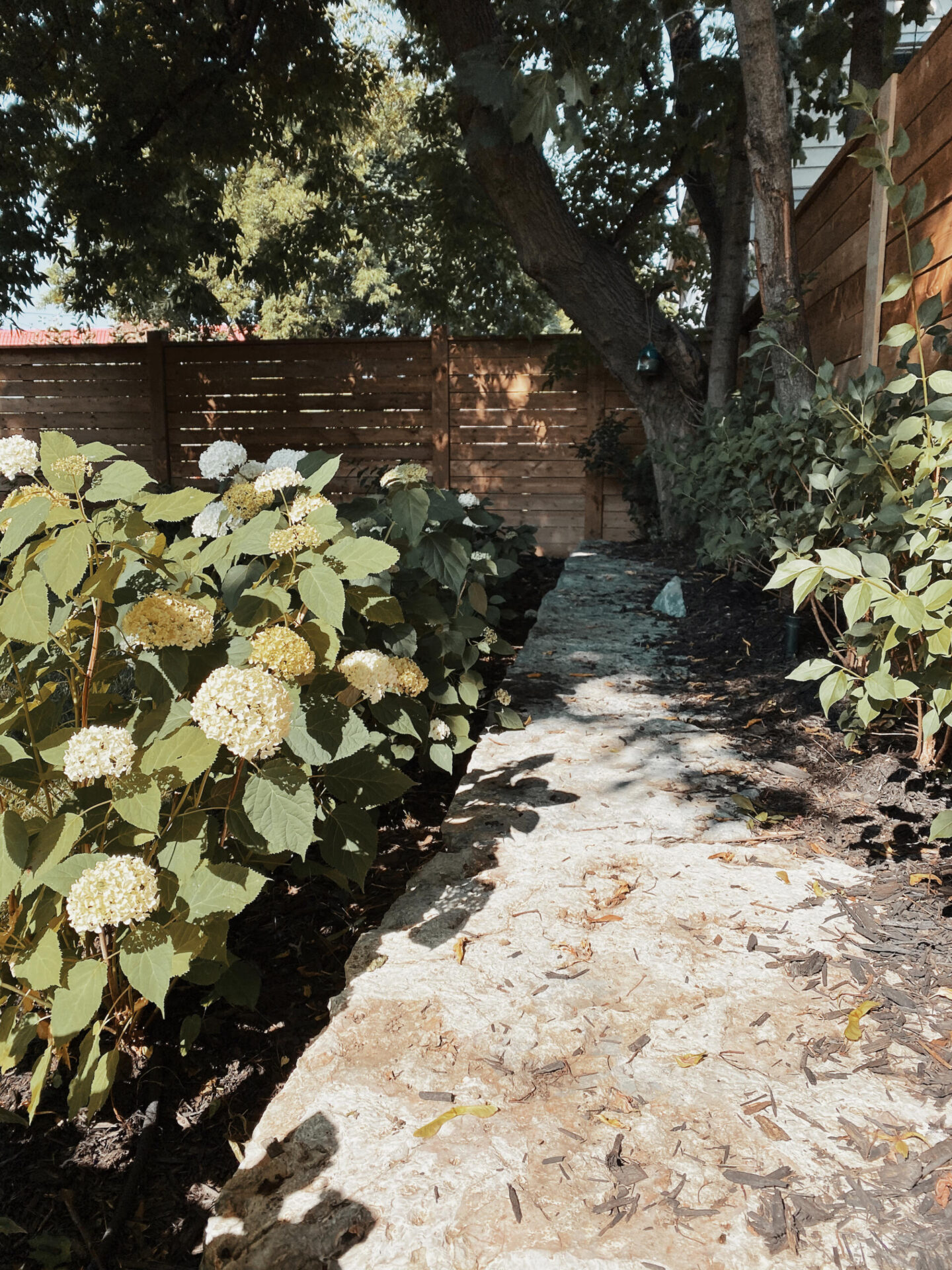
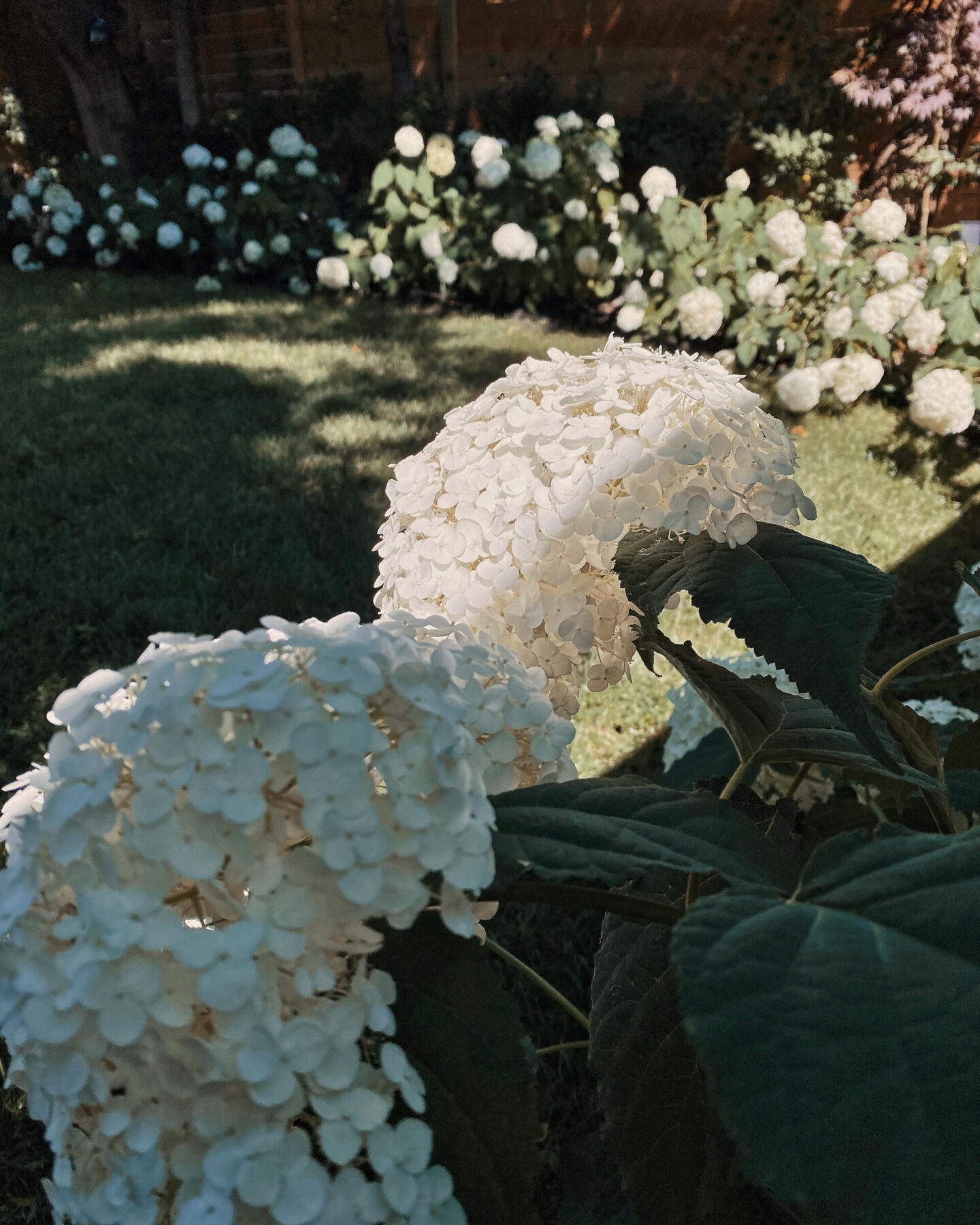
And here’s Wilhelmina with the annabelles in full bloom!

Plus a few more shots below from the other day. I think that covers everything I wanted to share with you guys. As I’m sure you can tell, I’m pretty hyped about hydrangeas! I’ll share some more garden tips and knowledge on some of the other types of hydrangeas I have growing soon, so stay tuned! If you have any questions or want to share the hydrangeas in your garden, feel free to DM me on instagram @alexanderkenton. I always love to see the hydrangea photos you guys send me!



Thanks for sharing! Your hydrangeas look stunningly beautiful! May I ask when you planted these hydrangeas? Could you also share the spacing rules used to plant them? E.g. distance from the fences, distance from centre to centre, etc. Much appreciated!
By the way, I also live in Toronto! ;)
Author
Thank you, Natalie! Apologies for the delayed reply! I can absolutely share more info. I planted these plants last year, which allowed them to grow strong roots before this most recent growing/blooming season. I’m hoping they will be even more full next summer! In terms of spacing, I would recommend placing them approximately 3 feet apart. At maturity, they will fill in and form a hedge. Of course, the closer you plant them, the quicker you’ll get that nice hedge look! :)
Thank you for showing pictures of the various stages of growth!! Super helpful to see!